This post is also available in: Danish
Inside an old warehouse on the harbour in Esbjerg, you’ll find two polished steel tanks surrounded by scaffolding and a tangle of piping.
To the uninitiated, it looks like any other industrial facility at first glance. But beneath the rough exterior lies the high-tech MOSS Project, a plant that will be the first in the world to store energy in molten hydroxide.
The young company Hyme is behind the plant. And when CEO Ask Løvschall-Jensen showed the plant to members of the EUDP (Energy Technology Development and Demonstration Program) the other day – wearing a yellow helmet, safety vest and goggles – it struck him how big it was that the plant was just starting up.
“To be able to stand there and show them live data that the temperature of the salt went up one degree was pretty wild. It was one of those moments where it hit you: It might have been going on for years, but to talk about a milestone like that while it was happening was seminal,” he says.
Right now the plant is melting the salt, which will be storing the energy when the plant is operational by the end of the year. It’s been a long road to get here. The plant was ready in the spring. Three years ago, the idea was only proven in a laboratory. This was preceded by four years of developing the technology in sister company Seaborg Technologies, of which Hyme is a spinoff.
The pilot plant will soon be up and running, and Hyme has already raised €24M and grown to a team of 40 people. But there’s still a long way to go, and many challenges before the energy storage solution is rolled out across the globe.
“It’s still a journey that very few startups succeed in taking. Not only in Denmark but also in Europe” – Ask Løvschall-Jensen, CEO of Hyme.
“This is the first time anyone in the world has tested this type of energy storage at that scale, so it’s also exciting what we learn – because no one has done it before. We have a journey ahead of us to show that it works as a product on a large commercial scale. And it’s still a journey that very few startups succeed in taking. Not only in Denmark but also in Europe,” he says.
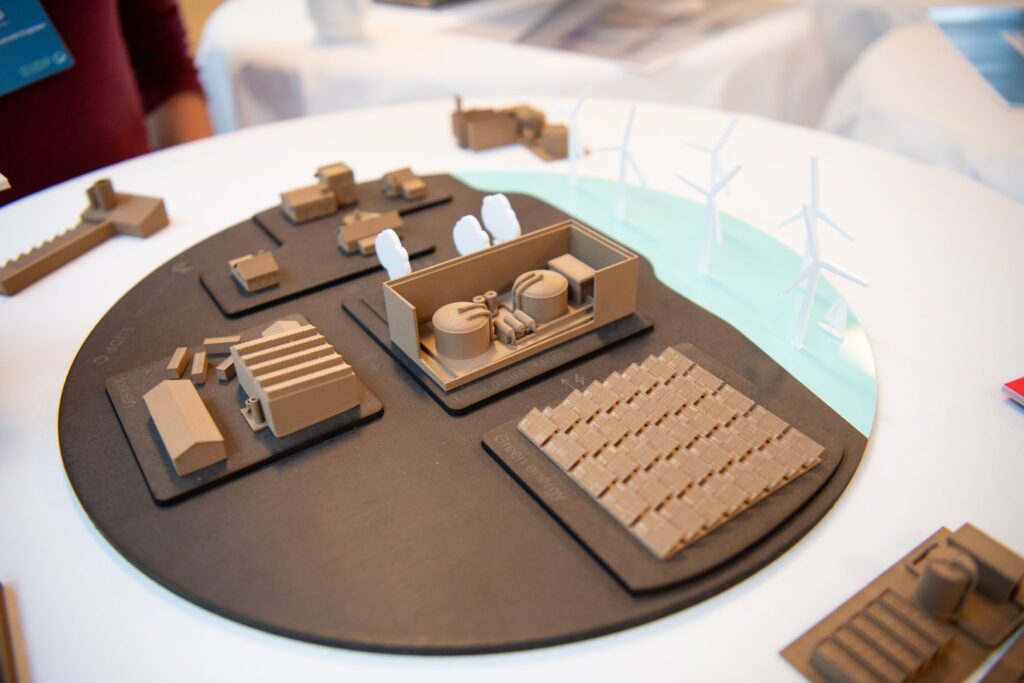
Maturity about the unicornA unicorn is a term used to describe a startup company that has reached a valuation of $1 billion or more. More dream
The startup ecosystem in Denmark has evolved dramatically over the past decade. A fine-meshed network of supporting actors has emerged, the amount of venture capitalFuel for startups' rocket ride. Venture capital is pro investors who create pool funds to seek innovation, and to mentor. It is high risk, high reward journeys.... More has multiplied, and entrepreneurs are more skilled and methodical than ever.
“There has been a shift. You don’t have to go back many years before entrepreneurship was only for speculators and people who wanted to make a quick buck. But today, the perception is completely different, and it has something to do with the fact that startups have become more mature and professionalised across the board,” Peter Kofler, chairman of the board of the Danish Entrepreneurs’ Association, previously explained to TechSavvy.media.
The changes are also seen institutionally. The major business organisations, the Confederation of Danish Industry and the Danish Chamber of Commerce are currently increasing their focus on startups and entrepreneurship. Especially because the government presented a new and more ambitious entrepreneurial strategy for Denmark in June. A strategy that allocates DKK 2.1 billion until 2026 and DKK 1.1 billion per year after that to make it easier to be an entrepreneur in Denmark.
“Denmark must continue to have some of the world’s leading companies in the future. This requires that we strengthen the entrepreneurial culture and create good conditions for talent and creativity to unfold and become new companies. Because it is in entrepreneurship that the seeds of major new business successes are sown, and we need entrepreneurs’ ideas and innovation to develop future solutions. Therefore, we must create an even better framework for those who have a good idea and the courage to realise it,” said Minister for Economic Affairs Stephanie Lose at the launch.
Does maturity and greater political ambition mean unicorns are coming off the assembly line?
Not immediately.
Granted, Denmark has been punching above its weight class with 16 Danish unicorns since 1992. But not since 2021, when both Lunar and Pleo achieved a $1B valuation and thus unicorn status, have new ones been added.
No matter how good the framework is, the first big step needs to be taken by some ambitious entrepreneurs. It takes time to see the impact of new initiatives, and on a global average, it takes about six years for a company to achieve unicorn status.
The Road to The MOSS Pilot
2014: Seaborg Technologies was founded in Copenhagen in 2014 by a group of physicists (Ask Løvschall-Jensen was one of them) who wanted to limit CO2 emissions and end energy poverty. Since its inception, Seaborg Technologies has been working to commercialize a molten salt reactor.
2018: The Danish state invests in Seaborg Technologies through PreSeed Ventures.
2019: Seaborg Technologies lands a development agreement with Samsung Heavy Industries in South Korea.
2020: Anders Holch Povlsen’s investment company Heartland invests double-digit millions in Seaborg.
2021: Spinoff company Hyme is announced with an investment of €10M. The company will utilize the molten salt technology developed in Seaborg to store energy on a large scale.
2024: The industry scale demonstrator, The MOSS Project, is established in Esbjerg. In August, the cold commissioning of the plant was successfully completed, and the start of the operation is now initiated.
2027: Hyme is planning its first full-scale plant in Rønne on Bornholm.
Risk and challenges at many levels
Exactly ten years ago, a small group of engineers and physicists sat down in Copenhagen and talked about how much it would take to change the world regarding climate change. It would take more than solar and wind – especially in Southeast Asia.
Their answer was a new type of nuclear power, and it wasn’t just an academic exercise; it became the startup Seaborg Technologies, which was a serious moonshot.
“Even though we didn’t know how to turn it into a business, it wasn’t a pet project.” Ask Løvschall-Jensen, CEO of Hyme.
“Even though we didn’t know how to turn it into a business, it wasn’t a pet project. It had to be a commercial project that proved that nuclear power could be commercialised – even if you have to raise several hundred million dollars for such a project,” says Ask Løvschall-Jensen, who was part of the founding team, and continues:
“We said: It’s probably impossible to make it happen. But the potential was there for a moonshot, not just a unicorn, but bigger than that if realised. So we had no doubt that it was a very long journey when we started.”
Ask Løvschall-Jensen took a leave of absence from his job at DR to join the other founders and pursue the moonshot. This was the first risk-taking step, and the next came from a group of brave investors who jumped on board. Billionaire Anders Holch and a number of large international investors followed suit in 2020, and Seaborg grew to 70 employees. Only then was Hyme spun out with a €10M investment to develop its solution alongside Seaborg’s.
“There’s a classic startup narrative that sometimes it’s the most persistent person who succeeds because you can go a long way with a good idea and a lot of passion. I would say that you also need to have the ability to get an overview of your strengths and weaknesses – and find out which others also need to sit around the table if you want to succeed. This is just as important because one person can never do it alone,” says Ask Løvschall-Jensen.
By “others around the table,” he doesn’t just mean investors but also a host of partners, including those from established industries.
“We talked about joining forces with the South Korean authorities from day one because the potential for Seaborg was huge in Southeast Asia. But how do you go from thinking about it to actually doing it? It took a lot of advisors and networking before Troels (Schønfeldt, founding CEO of Seaborg ed.) suddenly stands one day and signs a contract with Samsung.”
The journey has already been long and filled with ups and downs that the physicists around the table could never have predicted in 2014. But it is far from over.
“You can’t predict your journey. You can make a five-year plan, but I think our five-year plan in Seaborg has been changed a couple of times a year every year – because you learn and reality changes all the time,” says Ask Løvschall-Jensen.



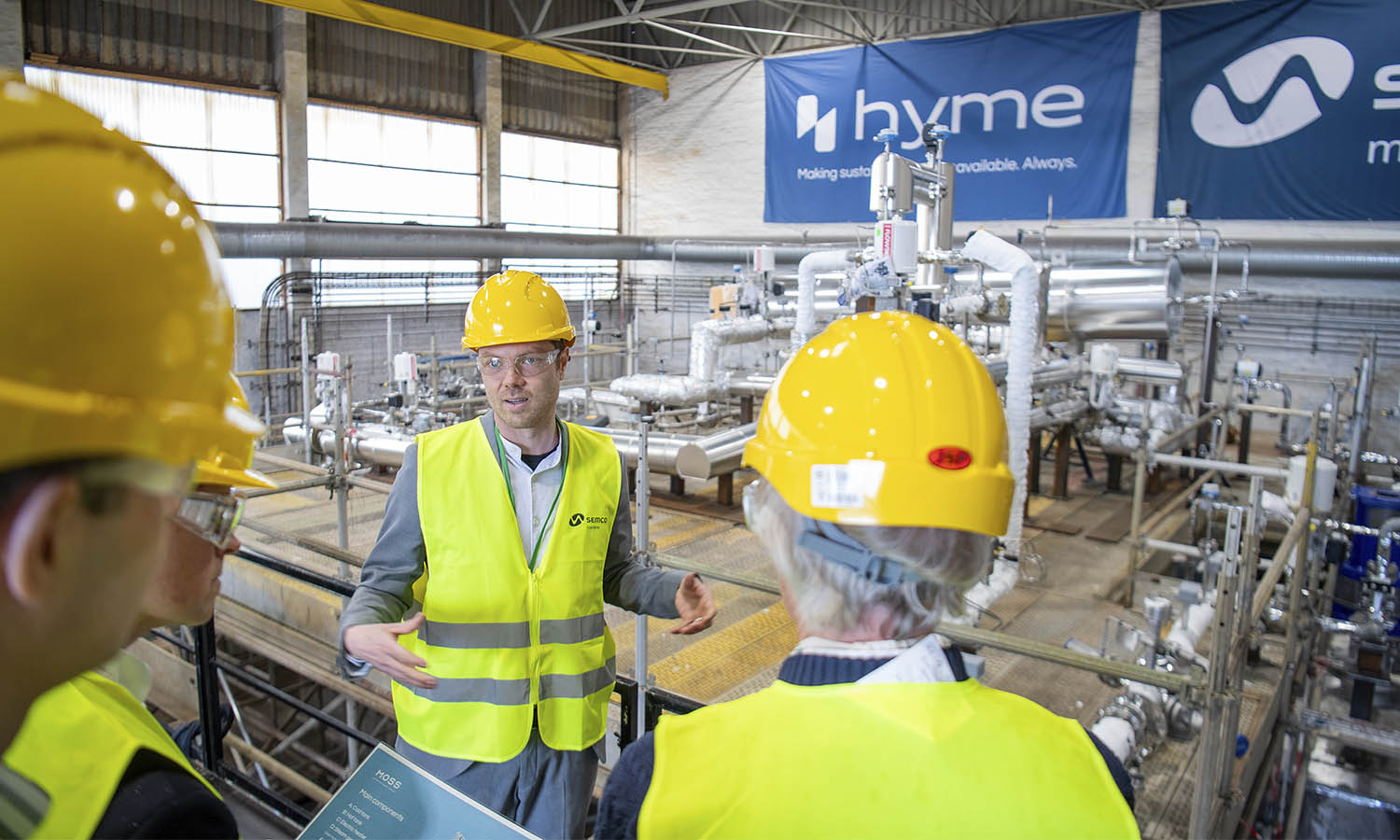
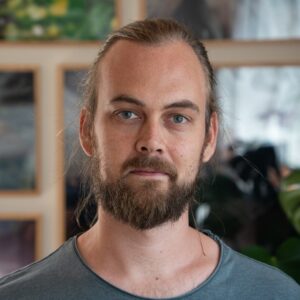
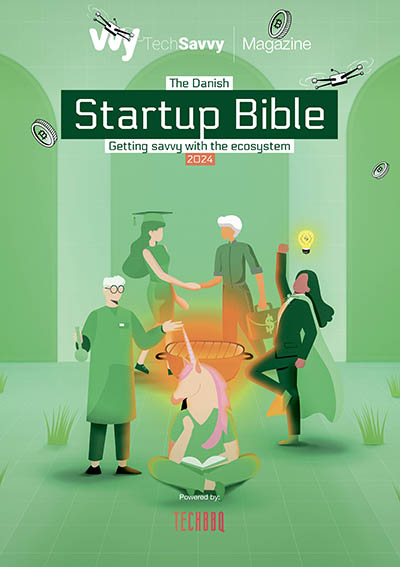
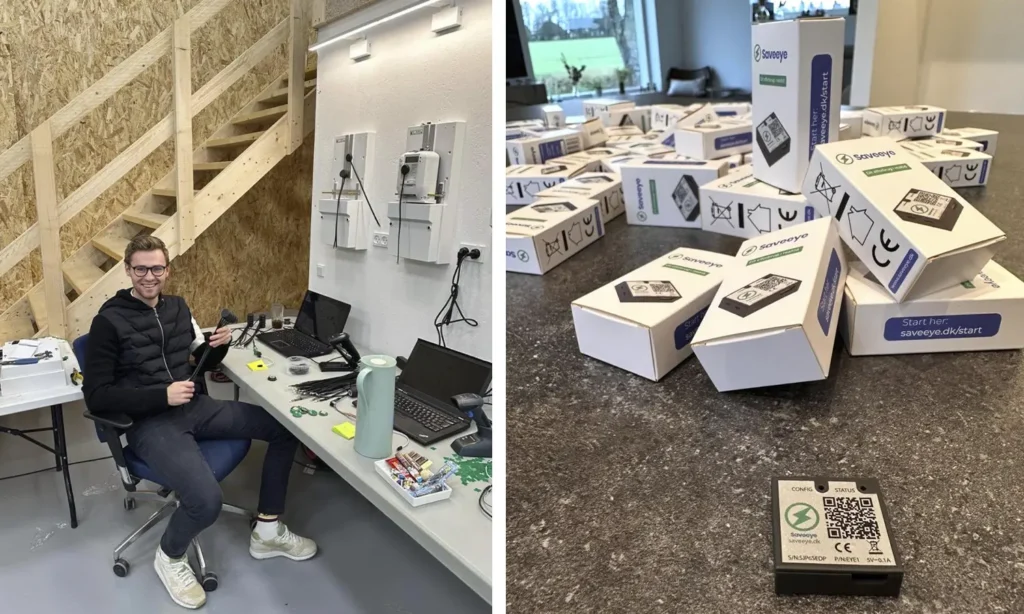



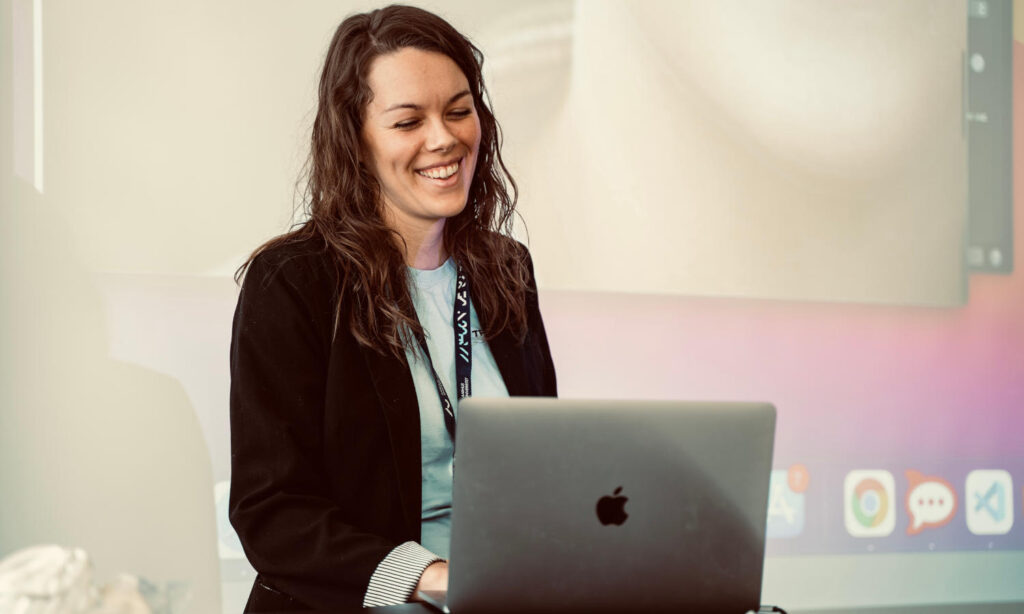
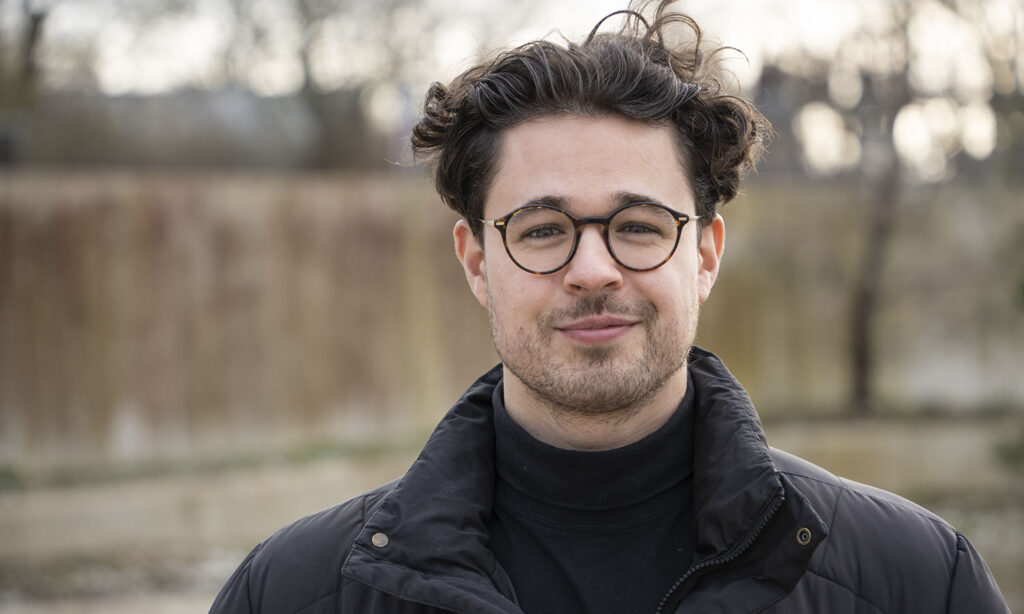


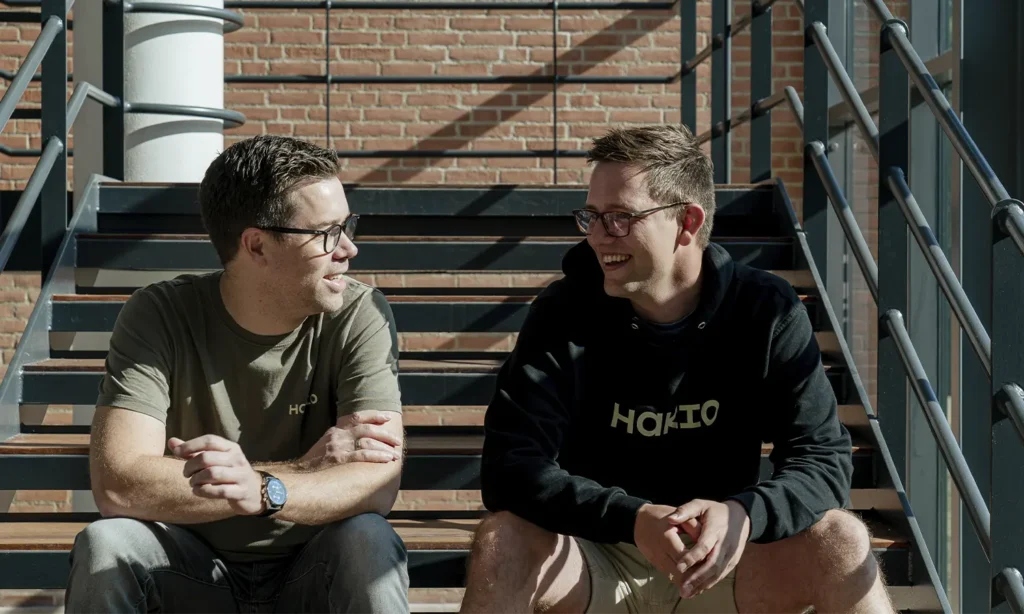
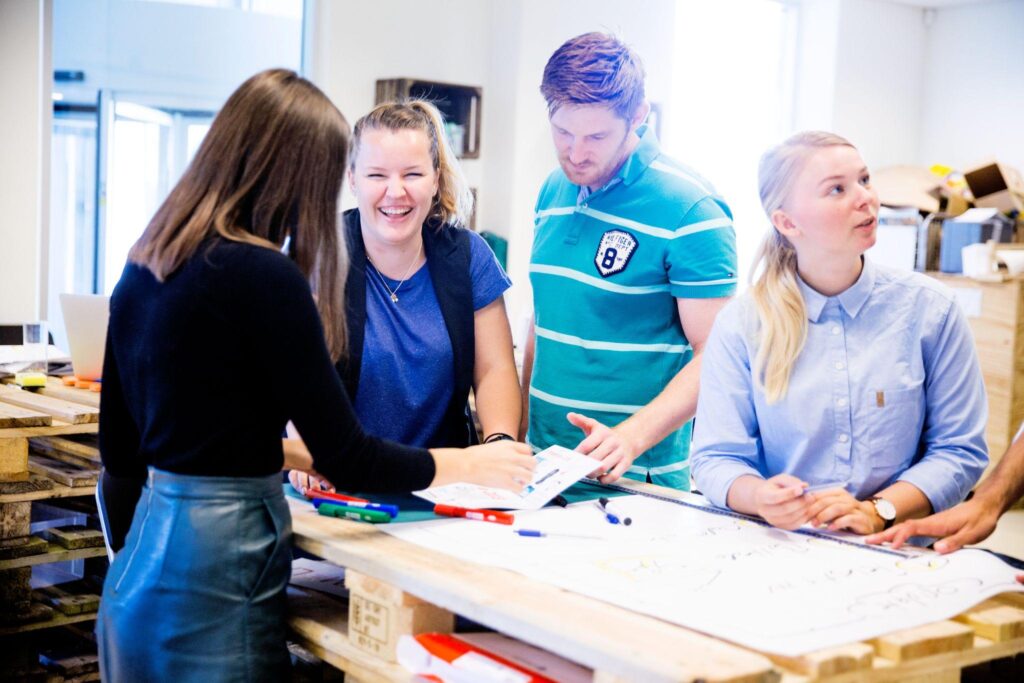


 Kære læser, du er meget velkommen til at dele vores artikler på sociale medier, linke eller referere til artikler eller content på TechSavvy.media. Men ønsker du helt eller delvist at kopiere indhold fra sitet må det kun ske efter aftale med vores redaktion på editorial@techsavvy.media.
Kære læser, du er meget velkommen til at dele vores artikler på sociale medier, linke eller referere til artikler eller content på TechSavvy.media. Men ønsker du helt eller delvist at kopiere indhold fra sitet må det kun ske efter aftale med vores redaktion på editorial@techsavvy.media.
 Kære læser, du er meget velkommen til at dele vores artikler på sociale medier, linke eller referere til artikler eller content på TechSavvy.media. Men ønsker du helt eller delvist at kopiere indhold fra sitet må det kun ske efter aftale med vores redaktion på editorial@techsavvy.media.
Kære læser, du er meget velkommen til at dele vores artikler på sociale medier, linke eller referere til artikler eller content på TechSavvy.media. Men ønsker du helt eller delvist at kopiere indhold fra sitet må det kun ske efter aftale med vores redaktion på editorial@techsavvy.media.